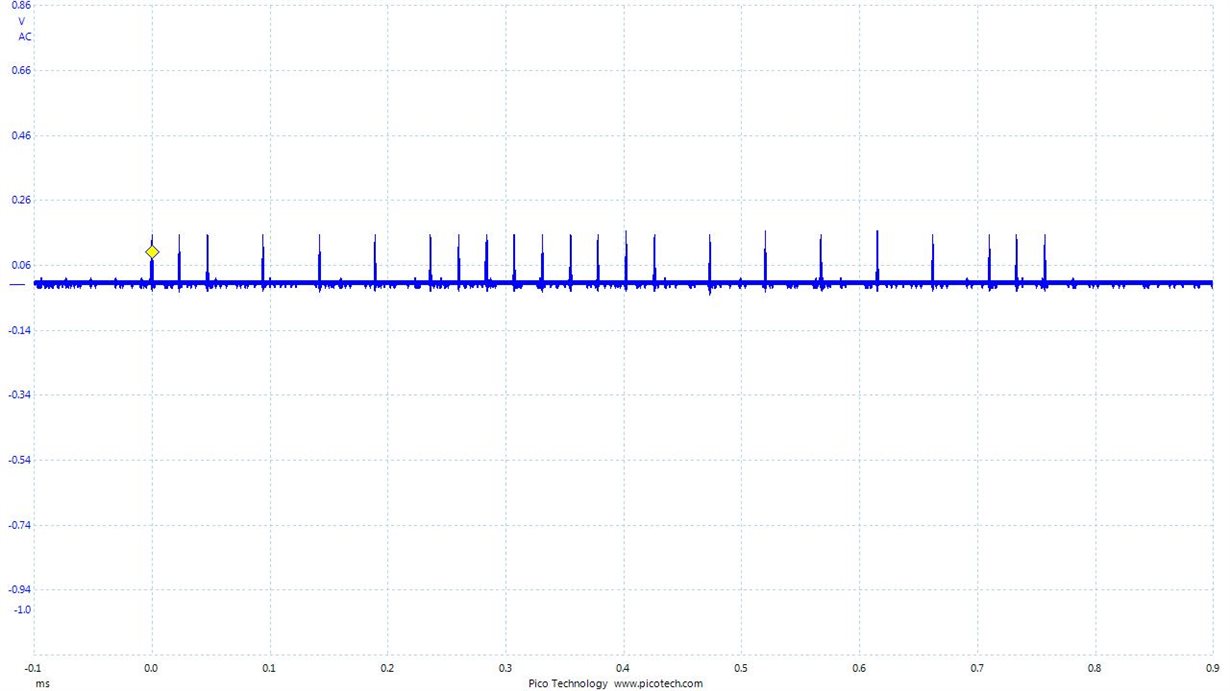I am still having the same problem I was having before. The part does not actually seem to physically reset (all clocks appear to be continuous) but the connection drops and then begins negotiation again. f I read the set-up registers everything appears to be configured correctly. Attached is a schematic of the relevant part of the circuit. Some of the nodes are not labelled correctly for this part because the have alternate uses for different configurations of the circuit. This happens if the part is connected to my micro or separate.DP83822 schematic.pdf
-
Ask a related question
What is a related question?A related question is a question created from another question. When the related question is created, it will be automatically linked to the original question.




